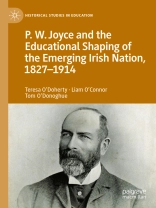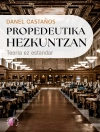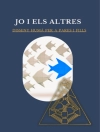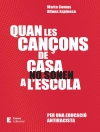This book provides an exposition on the professional and cultural life of Patrick Weston Joyce (1827–1914), more popularly known as P. W. Joyce, who lived and worked during the final phase of British rule in Ireland. The focus throughout is very much on how family, locale, and schooling influenced this significant Irish patriot, polymath, and pioneering pedagogue who worked across a range of disciplines, including education, language, history, and music. Moreover, attention is paid to how his achievements were possible only because of the variety of leading roles he played in the development of the Irish National School System between 1845 and 1893. Thus positioned, Joyce was in many ways a significant choreographer of a slow revolution in which education, in both formal and informal settings, was used to educate the Irish people regarding their cultural heritage.
Innehållsförteckning
Chapter 1. Introduction.- Chapter 2. Early Influences on the Work of Joyce that Contributed to HIS Development as an Educationist of Renown.- Chapter 3. Joyce as an Organiser of Schools.- Chapter 4. Joyce’s Work at the Central Model School.- Chapter 5. Joyce’s Career at the State Training Institution.- Chapter 6. Joyce’s Handbook of School Management and Methods of Teaching.- Chapter 7. The Development of the Handbook between 1863 and 1898.- Chapter 8. Joyce’s production of Textbooks for Use in Schools.- Chapter 9. Joyce and the Collection of Folklore Preserved in Story Form.- Chapter 10. Joyce and the Collection of Traditional Music.- Chapter 11. Conclusion.
Om författaren
Teresa O’Doherty is President of Marino Institute of Education, an Associated College of Trinity College Dublin, Ireland. Her research interests are in the area of teacher education and the history of education.
Liam O’Connor is Director of the Irish Traditional Music Archive.
Tom O’Donoghue is Professor Emeritus of Education in the Graduate School of Education, the University of Western Australia. He is also an elected fellow of both the Academy of the Social Sciences in Australia and the Royal Historical Society, UK.












